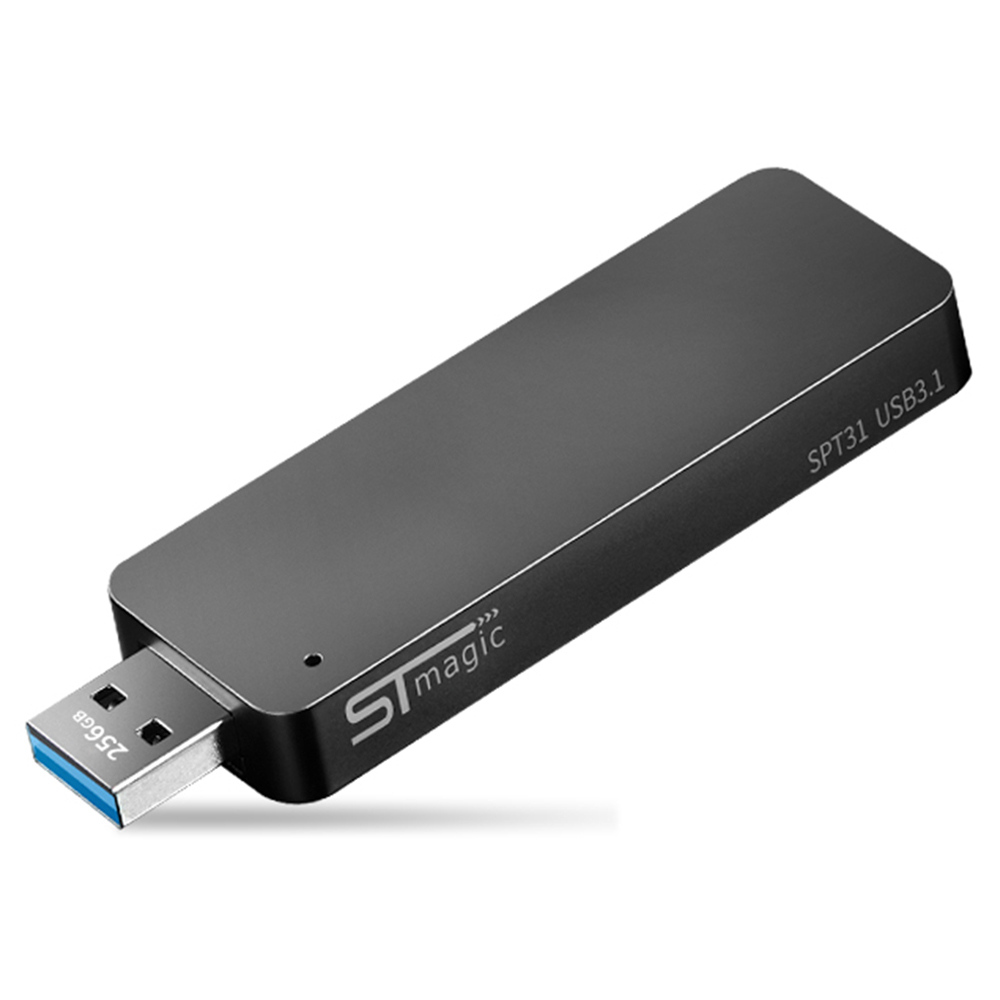This external solid state drive fuses up to 540 MBps of intense speed with USB-C, USB 3.0, Windows, and Mac compatibility. Its all wrapped in a sleek diamond-cut design that celebrates Lacie's 30th anniversary. Samsung Portable SSD T7 500GB USB 3.2 External Solid State Drive Red (MU-PC500R) MU-PC500R/AM by Samsung. CDN$104.99 CDN$ 104. 99 CDN$129.99 CDN$129.99 & FREE Shipping. Arrives: Wednesday, Jan 6 SAMSUNG T7 Portable SSD 1TB - Up to 1050MB/s - USB 3.2 External Solid State Hard Drive, Blue (MU-PC1T0H/AM).
If you're wondering whether you should get a flash drive or an external hard drive for backup, it really depends on how much space you need, your concerns over physical damage, and the amount you're willing to spend.
Flash drives and SSDs are often sturdy, withstanding damage if they drop onto a hard surface. However, hard drives are a good choice if you need more storage, but many flash drives today can store as much as 128GB.
The LaCie Mobile SSD serves up high-speed performance to keep your workflow on task and on point. All day, everyday. This external solid state drive fuses up to 540 MBps of intense speed with USB-C, USB 3.0, Windows, and Mac compatibility. Congrats, you now have an external USB-C hard drive or SSD! There are tons of uses for external hard drives, and they make exceptional backup media for holding your System Image backups. Bottom line: You can easily convert any bare 2.5 inch or 3.5 inch drive or SSD into a super-fast external USB-C 3.1 drive without spending a ton of cash. Fantom Drives External SSD USB 3.1 Gen 2 Type-C 10Gb/s - Black - Windows - GFORCE 3.1 SSD Series High-Speed transfers with up to 560MB/s for blazing fast user efficiency Rugged high quality 1/16' aluminum top to bottom enclosure for maximum protection Shock-Resistant solid state drive allows for durability and longevity.
USB Flash Drives and External SSDs

There isn't too much of a difference between external SSDs and flash drives. Both are used to store files in solid-state flash RAM and can plug into a computer using a USB port. The main difference between them is their shape and size.
SSDs are generally shaped like hard drives because they're usually used to replace internal hard drives, making it easy for them to fit into the computer bay. However, this shape isn't necessarily needed when used as an external drive.
Normally, SSDs run faster than flash drives, but this is due to their USB 3.0 connectors, which help optimize performance. Most flash drives also have USB 3.0 today. Keep in mind that speed won't be affected unless the computer has a USB 3.0 port.
Ultimately, both devices can be useful for data storage.
How External Hard Drives Are Different
External Hard Drive
Unlike flash drives and external SSDs, external hard drives are mechanical, which makes it easier for them to sustain damage. They also cost more in most cases. The one upside of a hard drive is that the storage capacity is higher. So, if you need a vast amount of storage space, you may be able to find a 2TB hard drive for about $100.

There isn't too much of a difference between external SSDs and flash drives. Both are used to store files in solid-state flash RAM and can plug into a computer using a USB port. The main difference between them is their shape and size.
SSDs are generally shaped like hard drives because they're usually used to replace internal hard drives, making it easy for them to fit into the computer bay. However, this shape isn't necessarily needed when used as an external drive.
Normally, SSDs run faster than flash drives, but this is due to their USB 3.0 connectors, which help optimize performance. Most flash drives also have USB 3.0 today. Keep in mind that speed won't be affected unless the computer has a USB 3.0 port.
Ultimately, both devices can be useful for data storage.
How External Hard Drives Are Different
External Hard Drive
Unlike flash drives and external SSDs, external hard drives are mechanical, which makes it easier for them to sustain damage. They also cost more in most cases. The one upside of a hard drive is that the storage capacity is higher. So, if you need a vast amount of storage space, you may be able to find a 2TB hard drive for about $100.
Portability is the ultimate benefit of getting a flash drive over SSDs and hard drives. If you really want to be able to carry your data wherever you go, you can find more convenience with USB drives, which are typically no larger than a finger and can hold as much as 128GB. Using a flash drive, you can store plenty of information, without the inconvenient size and shape of an SSD.
Fastest Usb 3.0 Ssd Drives
There are many options available for flash drives today, allowing you to customize nearly every aspect from RAM to the external design, giving you an easy-to-recognize data storage solution that may be better than either an SSD or HDD in many cases. You shouldn't have a hard time finding a flash drive storage solution that provides you with ample storage space and combined convenience, particularly when traveling.
